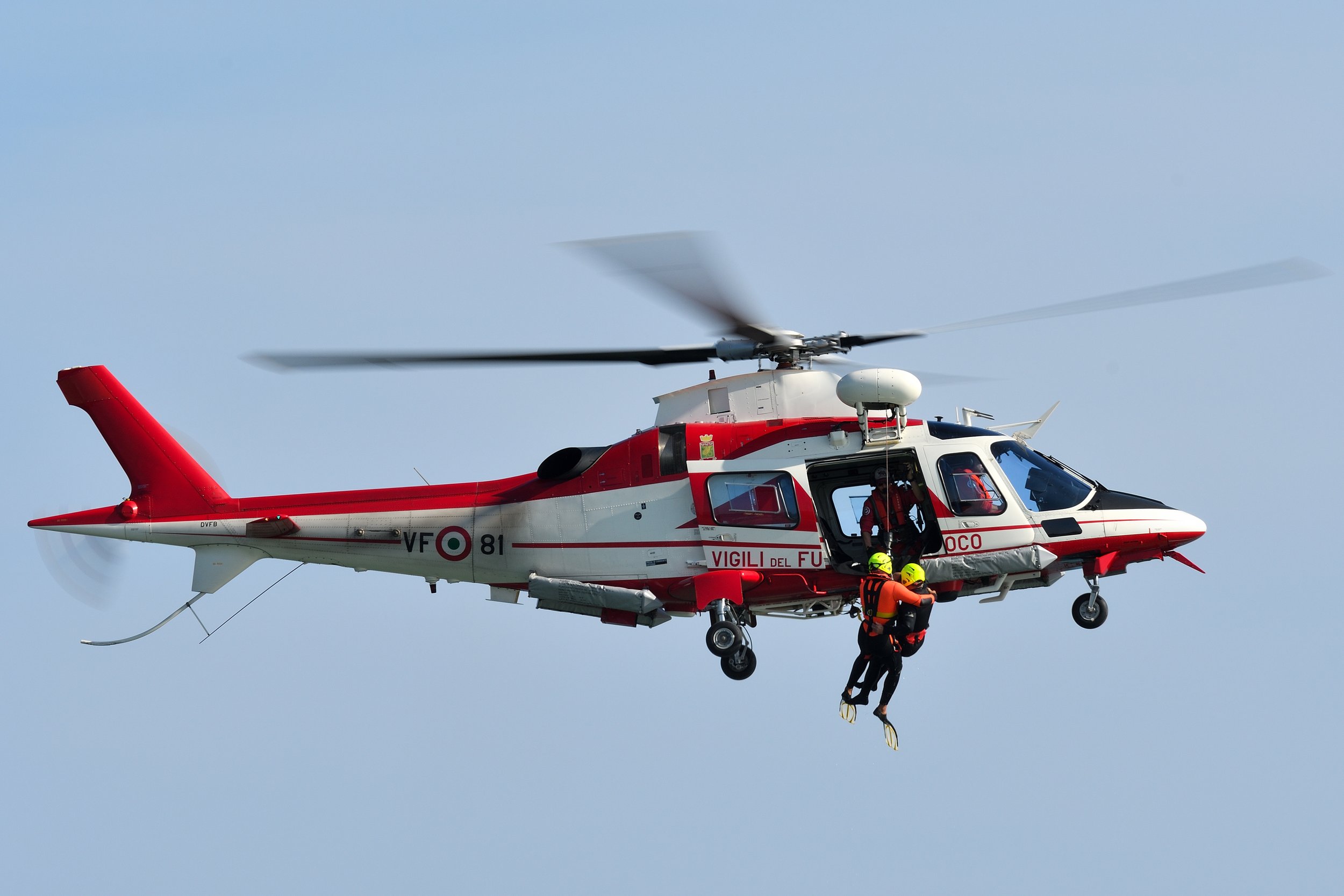Hungarian Air Force Hind
Country
Hungary
Aircraft
Mi-24V/P
Base
Szolnok Air Base
Mi-24V/35 Hind
The Mil Mi-24 (NATO reporting name: Hind) is a large helicopter gunship, attack helicopter and low-capacity troop transport with room for eight passengers. It is produced by Mil Moscow Helicopter Plant and has been operated since 1972 by the Soviet Air Force and its successors, along with 48 other nations.
In NATO circles, the export versions, Mi-24 and Mi-35, are denoted with a letter suffix as "Hind D" and "Hind E". Soviet pilots called the Mi-24 the "flying tank", a term used historically with the famous World War II Soviet Il-2 Shturmovik armoured ground-attack aircraft. More common unofficial nicknames were "Galina", "Crocodile", due to the helicopter's camouflage scheme and "Drinking Glass", because of the flat glass plates that surround earlier Mi-24 variants' cockpits
The core of the aircraft was derived from the Mil Mi-8 (NATO reporting name "Hip") with two top-mounted turboshaft engines driving a mid-mounted 17.3 m five-blade main rotor and a three-blade tail rotor. The engine configuration gave the aircraft its distinctive double air intake. Original versions have an angular greenhouse-style cockpit; Model D and later have a characteristic tandem cockpit with a "double bubble" canopy. Other airframe components came from the Mi-14 "Haze". Two mid-mounted stub wings provide weapon hardpoints, each offering three stations, in addition to providing lift. The loadout mix is mission dependent; Mi-24s can be tasked with close air support, anti-tank operations, or aerial combat.
The Mi-24 fuselage is armoured and can resist impacts from 12.7 mm rounds from all angles. The titanium rotor blades are resistant to 12.7 mm rounds. The cockpit is protected by ballistic-resistant windscreens and a titanium-armoured tub. The cockpit and crew compartment are overpressurized to protect the crew in NBC conditions.
Considerable attention was given to making the Mi-24 fast. The airframe was streamlined, and fitted with retractable tricycle undercarriage landing gear to reduce drag. At high speed, the wings provide considerable lift (up to a quarter of the total lift). The main rotor was tilted 2.5° to the right from the fuselage to compensate for translating tendency at a hover. The landing gear was also tilted to the left so that the rotor would still be level when the aircraft was on the ground, making the rest of the airframe tilt to the left. The tail was also asymmetrical to give a side force at speed, thus unloading the tail rotor.
A modified Mi-24B, named A-10, was used in several speed and time-to-climb world record attempts. The helicopter had been modified to reduce weight as much as possible—one measure was the removal of the stub wings. The previous official speed record was set on 13 August 1975 over a closed 1000 km course of 332.65 km/h; many of the female-specific records were set by the all-female crew of Galina Rastorguyeva and Lyudmila Polyanskaya. On 21 September 1978, the A-10 set the absolute speed record for helicopters with 368.4 km/h over a 15/25 km course. The record stood until 1986 when it was broken by the current official record holder, a modified British Westland Lynx.
As a combination of armoured gunship and troop transport, the Mi-24 has no direct NATO counterpart. While the UH-1 ("Huey") helicopters were used in the Vietnam War either to ferry troops or as gunships, they were not able to do both at the same time. Converting a UH-1 into a gunship meant stripping the entire passenger area to accommodate extra fuel and ammunition, and removing its troop transport capability. The Mi-24 was designed to do both, and this was greatly exploited by airborne units of the Soviet Army during the 1980–89 Soviet-Afghan War. The closest Western equivalent was the Sikorsky S-67 Blackhawk, which used many of the same design principles and was also built as a high-speed, high-agility attack helicopter with limited troop transport capability using many components from the existing Sikorsky S-61. The S-67, however, was never adopted for service. Other Western equivalents are the Romanian Army's IAR 330, which is a licence-built armed version of the Aérospatiale SA 330 Puma, and the MH-60 Direct Action Penetrator, a special purpose armed variant of the Sikorsky UH-60 Black Hawk. The Hind has been called the world's only "assault helicopter" due to its combination of firepower and troop-carrying capability.
| Back to Top |




| Back to Top |

































